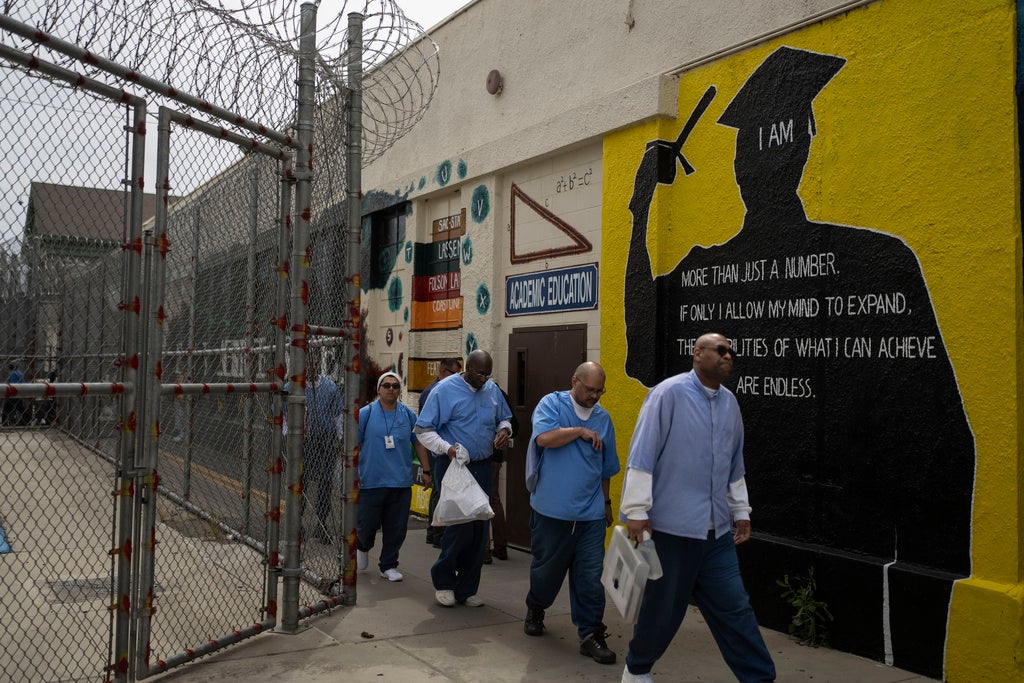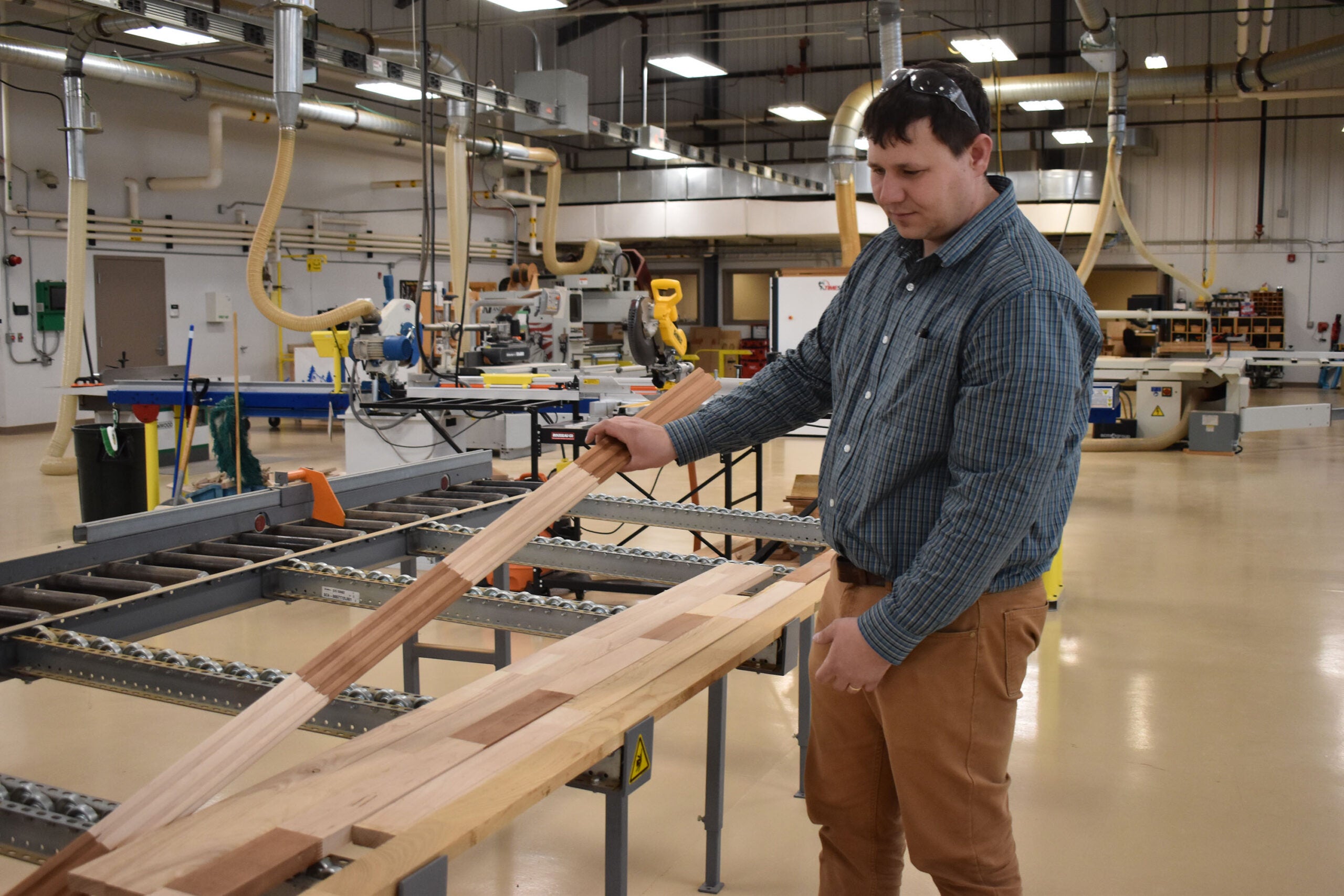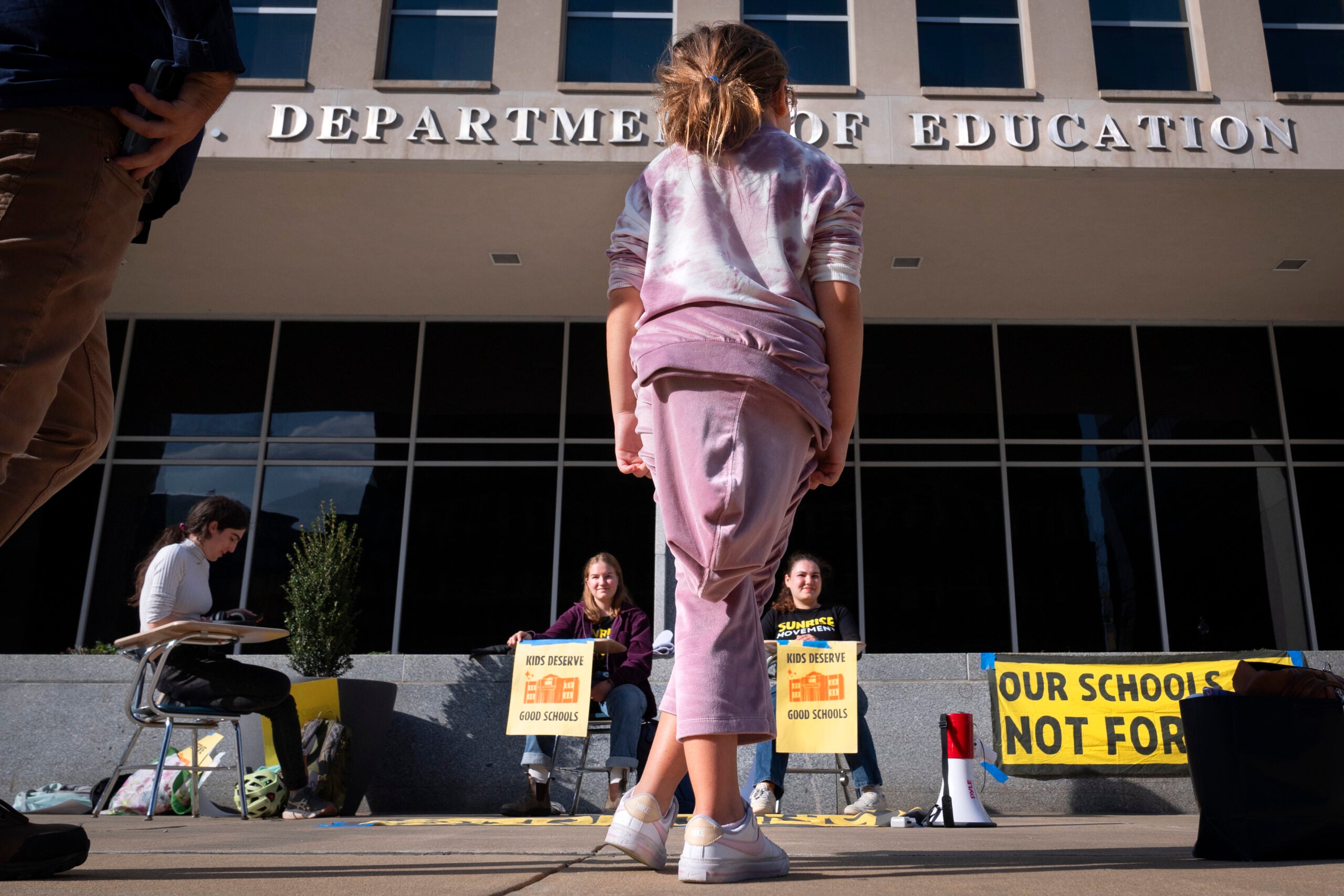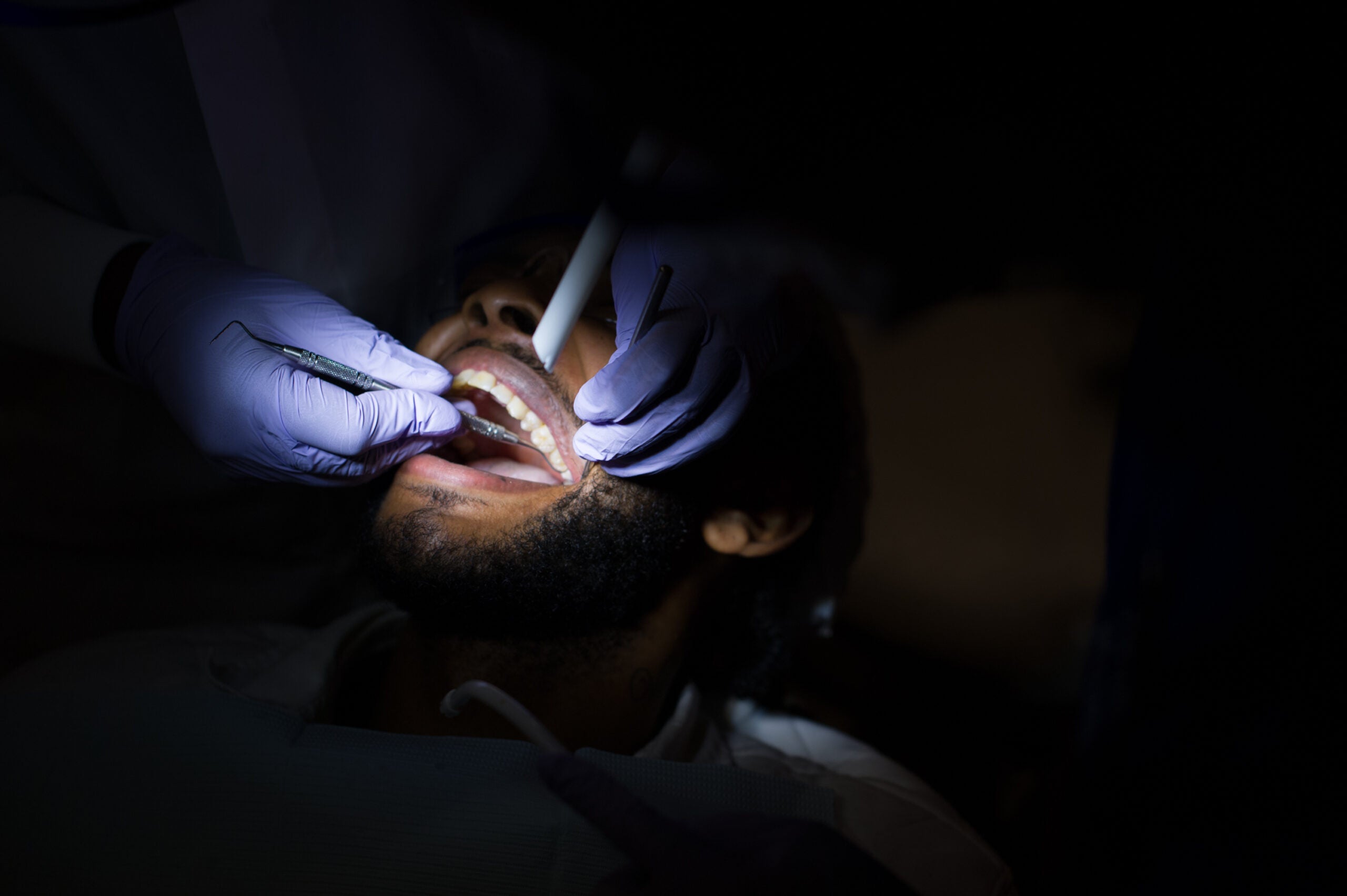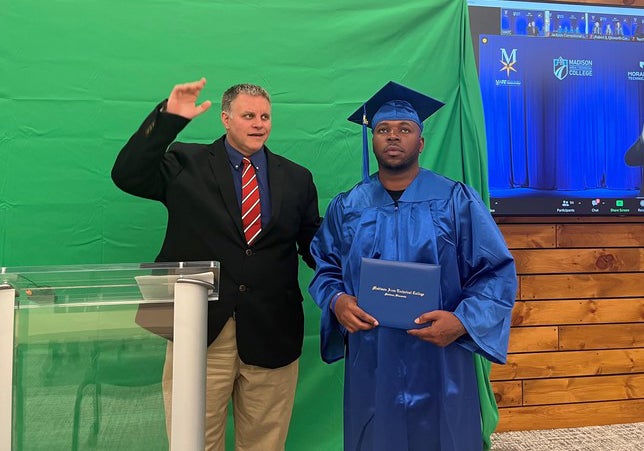For the first time in nearly three decades, people who are incarcerated in Wisconsin may receive federal student aid to help pay for higher education.
Their eligibility to receive Pell Grants was restored this summer after Congress passed the Free Application for Federal Student Aid Simplification Act in December. Pell Grants are awarded to students with “exceptional financial need.”
The U.S. Department of Education estimates 760,000 more participants who enroll in prison education programs nationwide could be eligible to receive grants for higher education under the Pell Grants expansion. In Wisconsin, incarcerated workers are typically paid less than $1 per hour, according to the American Civil Liberties Union.
News with a little more humanity
WPR’s “Wisconsin Today” newsletter keeps you connected to the state you love without feeling overwhelmed. No paywall. No agenda. No corporate filter.
Sadique Isahaku, a dean at Milwaukee Area Technical College who oversees correctional education programs, said the restored eligibility to Pell Grants could help prevent people from reoffending and provide a family with sustaining wages after being released from incarceration.
“There is a hunger for education,” Isahaku said. “Being incarcerated is not an achievement, but completing college and getting a credential and especially (a) credential that you can use to secure a family sustaining wage is overwhelmingly important.”
Isahaku recently appeared on Wisconsin Public Radio’s “The Morning Show” to discuss the expansion in Pell Grant eligibility. He talked about potential barriers to accessing education programs, such as limited correctional staff capacity, and a pilot program launched at MATC in 2016.
The following was edited for brevity and clarity.
Kate Archer Kent: The state Department of Corrections reports more than 20,000 people are incarcerated in Wisconsin as of the most recent census. What challenges could face prisons where inmates have been ineligible for the Pell Grant?
Sadique Isahaku: The main obstacle is whether the Department of Corrections has enough staff inside the prison to help in the recruitment and, of course, offering opportunities within the department’s education centers in the prisons. Right now, capacity is an issue.
KAK: In 2016, MATC became the first college in the state to participate in The Second Chance Pell Experiment. The program allowed Pell Grant access to certain incarcerated people. To be a Pell Grant site, you have to work in collaboration with the state Department of Corrections. How would you characterize that partnership?
SI: The partnership is going very well. It could be better. We have mentioned many times that we have capacity to register and offer educational programs and training to a lot more students than we currently do. … There are so many students on the waitlist for education programs and technical colleges across the state that are ready and capable to offer those training opportunities to students.
KAK: What is your advice to institutions that want to start a prison education program?
SI: The advice would be that they need to have a staff dedicated to the program. They then need to develop strategies — if there are lockdowns they can still offer their courses — so there is no interruption for the course offerings.
Their instructors (need to be) trained on how to offer instruction to incarcerated individuals. There are a few differences in the processes and procedures that we need to pay attention to … to ensure that the primary focus of the Department of Corrections is present — and that is security.
KAK: Last fall, we talked about the waitlist at Wisconsin correctional facilities for education programs. At the time, the technical education program had more than 10,000 people on the waitlist. What is that like today?
SI: To the best of my knowledge, I don’t think we have dented the waitlist significantly. We have had two other colleges join the program. But still, the enrollment in our programs is not as robust as we would like it to be. So, yes, we still have some way to go in order to reduce the waitlist.
KAK: How could the waitlist be reduced?
SI: Access, access, access. We are an open access institution and (the Wisconsin Technical College System) allows us to open our doors to all eligible students throughout the year. If we have more access in the prison systems, we should be able to register, recruit and train a lot more students than we currently do. And as I mentioned earlier, we have the capacity and infrastructure to make this happen.
Wisconsin Public Radio, © Copyright 2025, Board of Regents of the University of Wisconsin System and Wisconsin Educational Communications Board.

